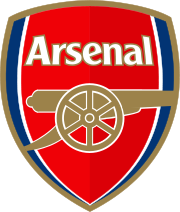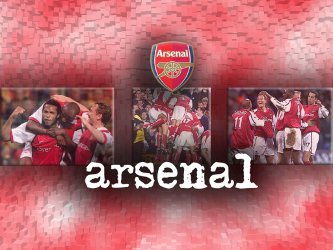

Arsenal Football Club started out as Dial Square in 1886 by workers at the Royal Arsenal in Woolwich, south-east London, and was renamed Royal Arsenal shortly afterwards. The club was renamed again to Woolwich Arsenal after becoming a limited company in 1893. The club became the first southern member of the Football League in 1893, starting out in the Second Division, and won promotion to the First Division in 1904. The club's relative geographic isolation resulted in lower attendances than those of other clubs, which led to the club becoming mired in financial problems and effectively bankrupt by 1910, when they were taken over by businessmen Henry Norris and William Hall. Norris sought to move the club elsewhere, and in 1913, soon after relegation back to the Second Division, Arsenal moved to the new Arsenal Stadium in Highbury, North London; they dropped "Woolwich" from their name the following year. Arsenal only finished in fifth place in 1919, but were nevertheless elected to rejoin the First Division at the expense of local rivals Tottenham Hotspur, by reportedly dubious means.

Arsenal appointed Herbert Chapman as manager in 1925. Having already won the league twice with Huddersfield Town in 1923-24 and 1924-25 (see Seasons in English football), Chapman brought Arsenal their first period of major success. His revolutionary tactics and training, along with the signings of star players such as Alex James and Cliff Bastin, laid the foundations of the club's domination of English football in the 1930s. Under his guidance Arsenal won their first major trophies - victory in the 1930 FA Cup Final preceded two League Championships, in 1930-31 and 1932-33. In addition, Chapman was behind the 1932 renaming of the local London Underground station from "Gillespie Road" to "Arsenal", making it the only Tube station to be named specifically after a football club.
Chapman died suddenly of pneumonia in early 1934, leaving Joe Shaw and George Allison to carry on his successful work. Under their guidance, Arsenal won three more titles, in 1933-34, 1934-35 and 1937-38, and the 1936 FA Cup. As key players retired, Arsenal had started to fade by the decade's end, and then the intervention of the Second World War meant competitive professional football in England was suspended.
After the war, Arsenal enjoyed a second period of success under Allison's successor Tom Whittaker, winning the league in 1947-48 and 1952-53, and the FA Cup in 1950. Their fortunes waned thereafter; unable to attract players of the same calibre as they had in the 1930s, the club spent most of the 1950s and 1960s in trophyless mediocrity. Even former England captain Billy Wright could not bring the club any success as manager, in a stint between 1962 and 1966.
Arsenal began winning silverware again with the surprise appointment of club physiotherapist Bertie Mee as manager in 1966. After losing two League Cup finals, they won their first European trophy, the 1969-70 Inter-Cities Fairs Cup. This was followed by an even greater triumph: their first League and FA Cup double in 1970-71. This marked a premature high point of the decade; the Double-winning side was soon broken up and the following decade was characterised by a series of near misses. Arsenal finished as First Division runners-up in 1972-73, lost three FA Cup finals, in 1972, 1978 and 1980, and lost the 1980 Cup Winners' Cup final on penalties. The club's only success during this time was a last-minute 3-2 victory over Manchester United in the 1979 FA Cup Final, widely regarded as a classic.

